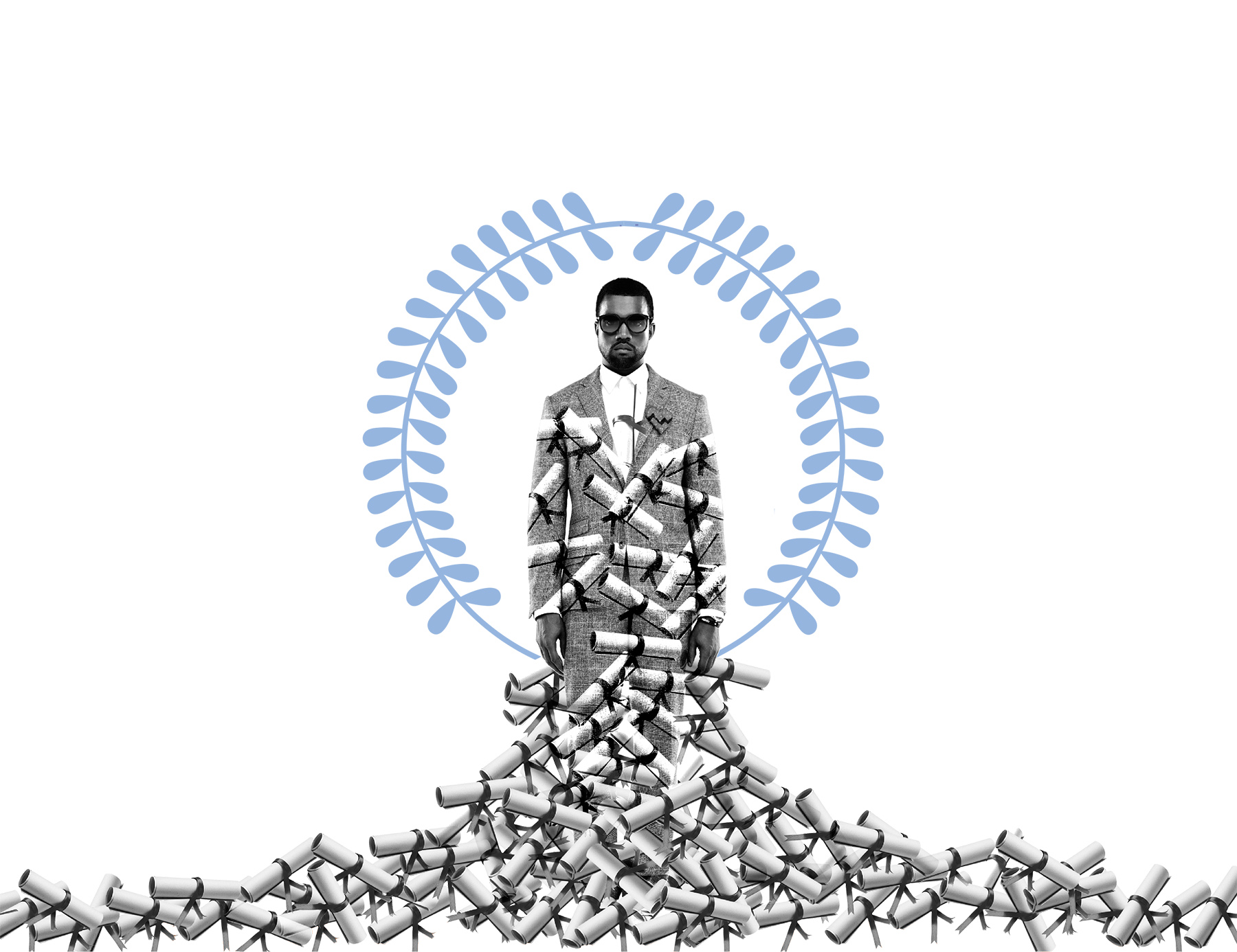Illustration by Berke Yacizioglu
The Art of Connection exhibition at the School of the Art Institute’s Sullivan Galleries in February 2015 was so crowded that my tote bag, which I held closely by my side, kept bumping people as I walked through the gallery. Visitors were excitedly chatting with the Master of Arts in Art Therapy students who put on the show. There was a lot of hugging, inquiring, smiling, and admiring. It was amazing to see how many people the show had brought together.
The art was made by the students in the program or by the clients the graduate students worked with during their required internships. The students had placements all over the city, and the art exhibited ranged from metal craft pieces made by Seth Carlson and his students at the South of Chicago Art Center to a quilt made by Elyse Schauer and the artists of Between Friends, a group supporting victims of domestic violence.
I was particularly drawn to the work of Anna Celander. Her series entitled Stories Not Our Own was a collection of small papers decorated with paint, drawings, and other textured materials. Each one had a few individual lines of typed text dispersed throughout the small page. They conveyed small fragments of observations, insights, or reflections from her participation in art therapy groups. Some of the lines really matched the image. For instance, a brown rectangular paper with thin black telephone wires on it read “It can feel very vulnerable/putting everything you/have on the line and finding/out it’s still not enough.” Other pieces of text were much more enigmatic. There were too many pieces of paper to put on the wall, so she had some in a book under her installation.
These pieces embodied the complexity of the cases she faced, often layered, fragmented, and complex. Celander wrote in her artist statement that this work allows her to “process the words [she] hear[s] through [her] own art practice and let go of the client narratives that sometimes can be hard to shake.” Her work demonstrates the disconnection and isolation art therapists might feel when bearing witness to private and sometimes very weighty stories. Yet, it also seems to exemplify the theme of connection as it reveals how art therapists must reconnect with themselves after listening to the complicated narratives of others.
Denise Hill’s installation, Baked Goods, was made up of a small room she had created in the larger gallery space, which included a pink wall, a window with a view, and a table with all sorts of baking supplies. The piece was about the ethics of accepting gifts from patients. It exemplified the idea of connecting with others through life, food, and the senses and described the tension she felt between maintaining her professional relationship and connecting on an intimate human level. This installation was especially poignant because although her clients at Rainbow Hospice and Palliative Care were often heartbroken by the deaths of loved ones, the home Hill created to represent these people still had the air of life, love, generosity, and warmth.
Visitors to the exhibition were invited to participate in some of the interactive art installations. Marline Johnson created a piece based on her work with A Long Walk Home, a group fighting violence against women, called Untitled. She had decorated a vase with a range of paraphernalia that was special, but too personal to openly discuss. Visitors were encouraged to share a memory inspired by her art on a piece of paper and leave it in the vase. In addition, Sze-Chin Lee’s piece in collaboration with one of his patients at Comer Children’s Hospital invited visitors to sing the animated film Frozen’s famous Let it Go, in order to release stress and open up emotionally. These pieces made the experience of seeing the exhibition almost therapeutic and allowed visitors to connect with the show on a more personal level.
The exhibition was a reminder that art has the power to rebuild one’s strength, to relieve one of pain, to act as inspiration, and to connect one to oneself and others in wonderful and unique ways.







